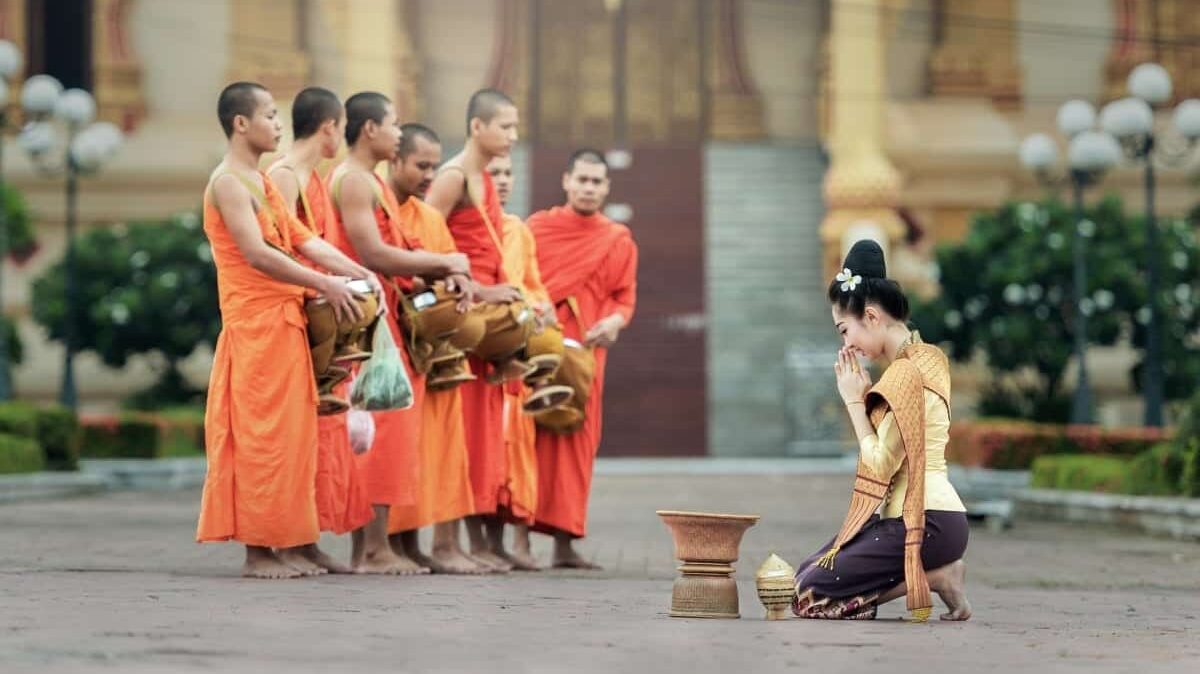The Sanskrit word Padma means the lotus. Hence, its English translation is Lotus Posture. The posture is called as such because it resembles the Lotus flower. Kamalasana is the alternative name in Sanskrit.


The Sanskrit word Padma means the lotus. Hence, its English translation is Lotus Posture. The posture is called as such because it resembles the Lotus flower. Kamalasana is the alternative name in Sanskrit.

Introduction What are the type and classifications of Asanas? Asanas in yoga are many. Classical yoga texts declare that there

Asana in Yoga is also known as Yogasana, Yoga Pose, or Yoga Posture. In Raja Yoga, Asana means a sitting posture. Of course, a sitting posture meant for meditation. But in Hatha Yoga, Asana is more than that. It extends to mean other postures also like back bending, forward bending, and inverted postures.

Introduction Ishvara Pranidhana is the fifth Niyama or the ethical code of yogic observances. This is one of the Niyama

Introduction Svadhyaya is the fourth Niyama of Ashtanga Yoga. Most often translated into English as “Self-Study.” It is a part

Introduction Tapas and Tapasya are equivalent terms in Sanskrit. Tapas is one of the Niyamas or the ethical codes of

Introduction Santosha is the second Niyama of typical Ashtanga Yoga. It is one of the important virtues to be observed

Introduction Saucha (also spelled as Shaucha) or cleanliness is the primary Niyama which is the model code of conduct for

Meaning of Niyama Niyama is the ethical code of conduct to be observed during the course of yoga. Simply put,

Introduction Aparigraha is the yogic injunction for non-possessing. All oriental religions promulgate it as one of self-restraint to be cultivated